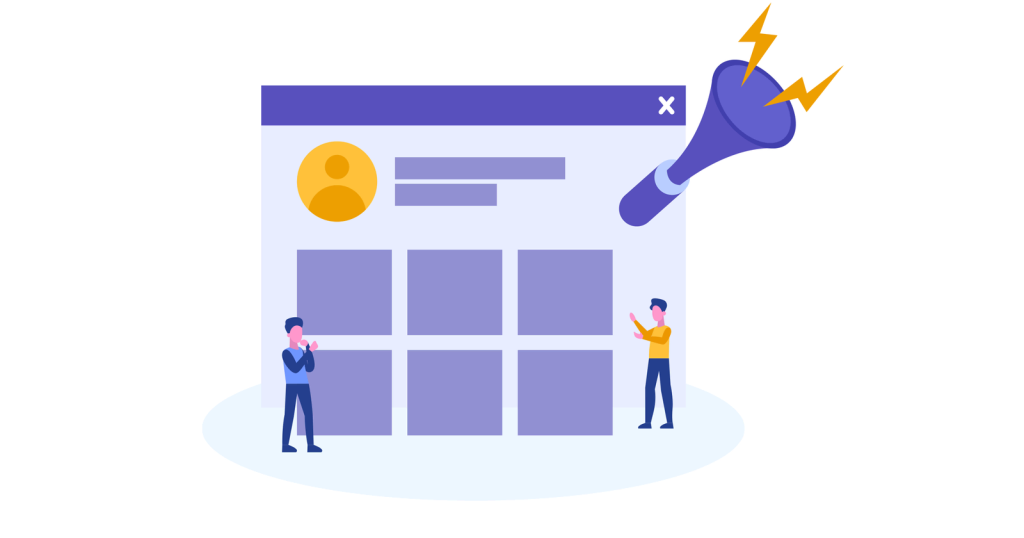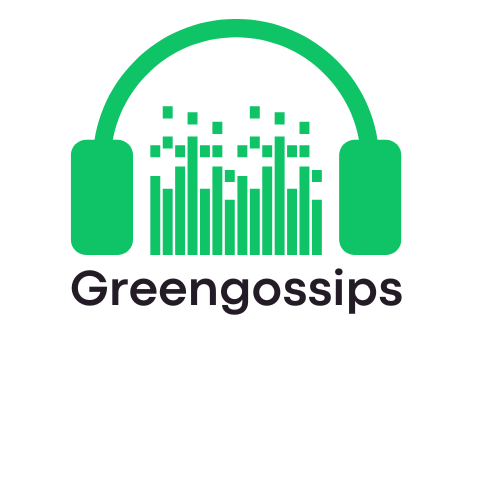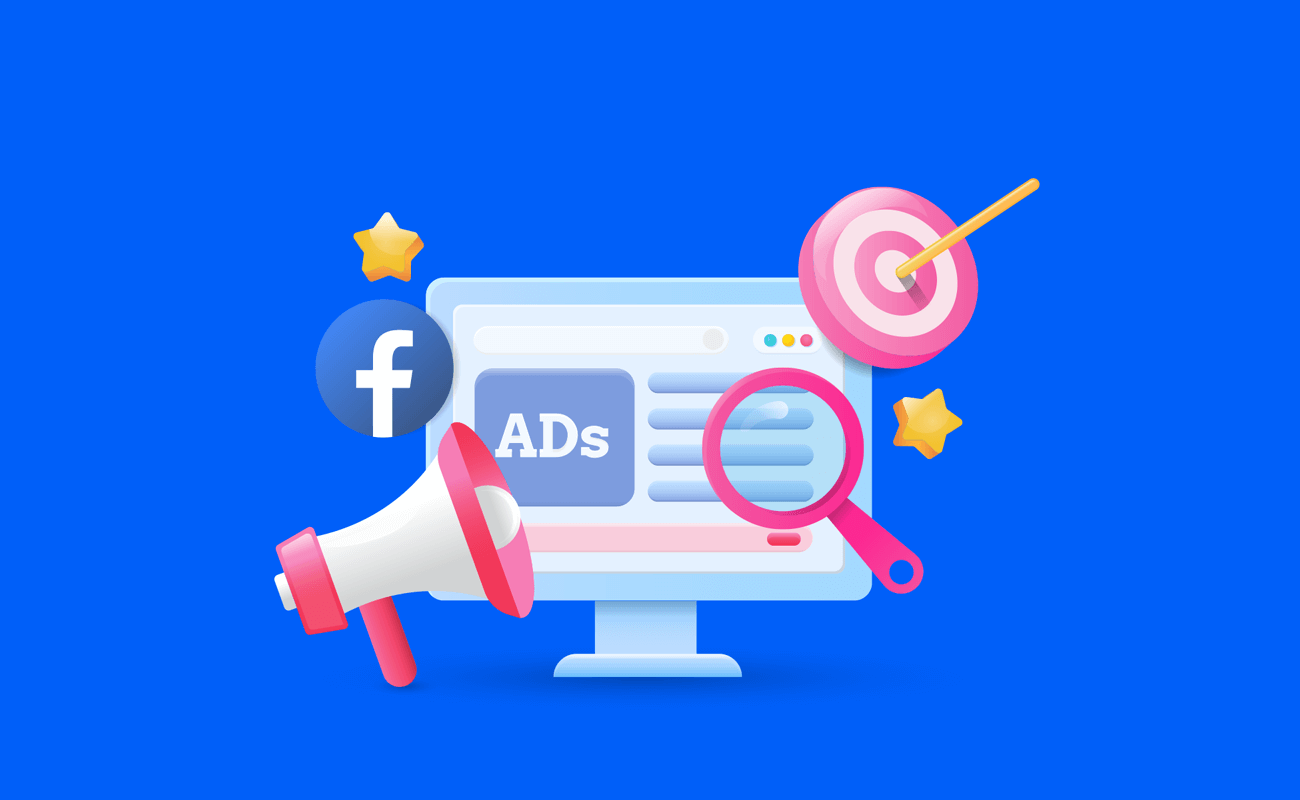Facebook advertising continues to be a powerful tool for businesses looking to reach a diverse audience. In 2024, the platform will offer even more sophisticated tools, better targeting, and ad formats that keep up with changing consumer behaviors. Whether you’re new to Facebook ads or a seasoned advertiser looking to refine your strategy, here’s a complete guide with tips and tricks to make the most of your Facebook advertising efforts.

Why Facebook Ads Matter in 2024?
With nearly 3 billion active users worldwide, Facebook remains one of the largest social media platforms. This gives businesses an unparalleled reach, especially when using Facebook’s advanced targeting capabilities. Additionally, the platform’s integration with Instagram, WhatsApp, and Messenger allows businesses to create multi-platform ad campaigns from one dashboard, maximizing reach across channels.
Setting Up Your Facebook Ad Account
To get started with Facebook advertising, you’ll need to set up an ad account within Facebook’s Business Manager, which centralizes all ad creation, management, and reporting.
- Go to Business Manager: Visit business.facebook.com and create a Business Manager account if you don’t already have one.
- Add Your Ad Account: You can either create a new ad account or add an existing one. You’ll need to enter payment information to start running ads.
- Assign Roles: Facebook allows you to assign roles to different team members, including Admin, Advertiser, and Analyst. This flexibility is useful for collaborative ad management.
Key Elements of a Facebook Ad Campaign
Facebook advertising can seem complex, but it’s built on three main components: campaigns, ad sets, and ads.
- Campaign: This is the foundation, where you select your campaign objective, which tells Facebook what you want to achieve (e.g., brand awareness, traffic, or conversions).
- Ad Set: Here, you define targeting, budget, and schedule. Each campaign can have multiple ad sets, which allows you to test different audiences and placements.
- Ad: The creative component, including the format (image, video, carousel), visuals, copy, and call-to-action (CTA).
Understanding these components is crucial to structuring your campaigns effectively and optimizing for performance.

Choosing Your Campaign Objective
Selecting the right objective sets the direction for your campaign and helps Facebook optimize your ads for the best results. Facebook offers several objectives, categorized by three goals:
- Awareness: Reach and brand awareness objectives to increase visibility.
- Consideration: Objectives like traffic, engagement, app installs, and video views to encourage users to consider your brand.
- Conversion: Conversion, catalog sales, and store traffic objectives focus on driving specific actions, like sales or lead signups.
Advanced Targeting Options in 2024
One of Facebook’s biggest strengths is its robust targeting options, and this year, it’s become even more sophisticated. Here’s what you should know:
1. Detailed Demographics and Interests
Facebook lets you target users by age, gender, location, education, job title, interests, and behaviors. Utilize interests relevant to your niche, but avoid going too narrow, as it may limit your audience reach.
2. Custom Audiences
Custom audiences allow you to target people who’ve already interacted with your brand. Upload customer lists, target website visitors through the Facebook pixel, or create audiences based on app engagement.
3. Lookalike Audiences
Lookalike audiences help you reach new people who are similar to your best customers. Facebook’s algorithm analyzes your existing customer data to create these audiences, giving you a powerful way to expand reach with precision.
4. Geo-Targeting
For businesses that operate in specific areas, geo-targeting is essential. Target users based on their location, from a country level down to specific ZIP codes.
Best Ad Formats to Use in 2024
Facebook offers a variety of ad formats, each with its own strengths. Here’s an overview of the most effective formats:
1. Image Ads
Single image ads are straightforward and work well for brand awareness. Focus on eye-catching visuals and a clear, compelling message.
2. Video Ads
Video ads are highly engaging and can include short-form content like Stories or longer in-feed videos. Use videos to tell stories or demonstrate your products.
3. Carousel Ads
Carousel ads allow you to showcase multiple images or videos in a single ad. Ideal for highlighting product lines, features, or a sequential story.
4. Collection Ads
Collection ads are a combination of video and product images, perfect for showcasing an entire product catalog. When users tap on the ad, it opens a fullscreen catalog, enhancing engagement.
5. Story Ads
Story ads take up the full mobile screen and are designed for high engagement. Use this format for short, punchy content that encourages users to swipe up.

Optimizing Your Facebook Ads
Creating effective ads is an ongoing process of testing, measuring, and refining. Here are some essential tips to optimize your Facebook ads:
1. A/B Testing (Split Testing)
A/B testing lets you compare different ad elements, like images, headlines, or audiences, to see which version performs best. Start with one variable at a time to pinpoint what drives results.
2. Use Compelling Ad Copy and Visuals
Ad copy and visuals need to grab attention quickly. Use short, impactful text and visually engaging images or videos that align with your brand message. Keep your CTA clear and easy to understand.
3. Utilize Facebook’s Dynamic Creative
Dynamic Creative lets you upload multiple versions of headlines, images, videos, and CTAs. Facebook then tests different combinations and shows the best-performing versions to users.
4. Monitor Ad Frequency
If your ad is shown to the same audience too frequently, it can lead to ad fatigue, resulting in lower engagement. Check the “Frequency” metric in your ad insights and adjust your audience or pause the ad if it’s getting repetitive.
Budgeting Tips for Facebook Ads in 2024
Budgeting effectively is critical to achieving a good return on investment. Here’s what to consider:
1. Set a Realistic Daily Budget
If you’re new to Facebook advertising, start with a modest daily budget to test what works. As you identify successful ad sets, gradually increase your budget to maximize reach.
2. Use CBO (Campaign Budget Optimization)
Campaign Budget Optimization allows Facebook to distribute your budget across ad sets based on performance. CBO is a great way to ensure that funds go toward the most effective ad sets automatically.
3. Bid Strategically
Facebook offers various bidding strategies, such as “Lowest Cost” and “Cost Cap.” Experiment with different strategies to find the one that balances your budget and performance goals effectively.

Analyzing and Refining Your Facebook Ads
After launching your campaign, use Facebook’s reporting tools to measure and analyze performance. Key metrics to track include:
- Click-Through Rate (CTR): Shows how many people clicked your ad. A low CTR could mean your ad isn’t engaging enough.
- Conversion Rate: Indicates the percentage of users who completed a desired action, like making a purchase. This is vital for measuring ROI.
- Cost per Click (CPC) and Cost per Conversion: Helps you determine if your ad spending is leading to profitable results.
Regularly review these metrics and make adjustments based on what you learn. This iterative approach allows you to continually improve your ad performance. You can also check our topics on:-
- Facebook Marketplace for Small Businesses: New Features to Watch
- How to Create Creative Images for Facebook Instagram Stories
- How to Make Your Facebook Profile Attractive
- How to Create Professional Cover Photos for Social Media
- How to Increase Facebook Likes and Reach for Your Profile
- Facebook Live vs. Instagram Live: Which Platform is Best for Your Business?
- New Features of Small Businesses – Facebook Marketplace – A Complete Guide.
Final Thoughts
Final Thoughts
Facebook advertising in 2024 offers an incredible range of tools and targeting options for reaching the right audience, but success requires a careful strategy and ongoing optimization. By understanding the basics of campaign structure, experimenting with ad formats, leveraging advanced targeting options, and consistently monitoring performance, you’ll be well-equipped to run effective Facebook ads that drive results for your business. Remember, the key to success in digital advertising is constant learning and adjustment, so keep refining your approach as you go.



